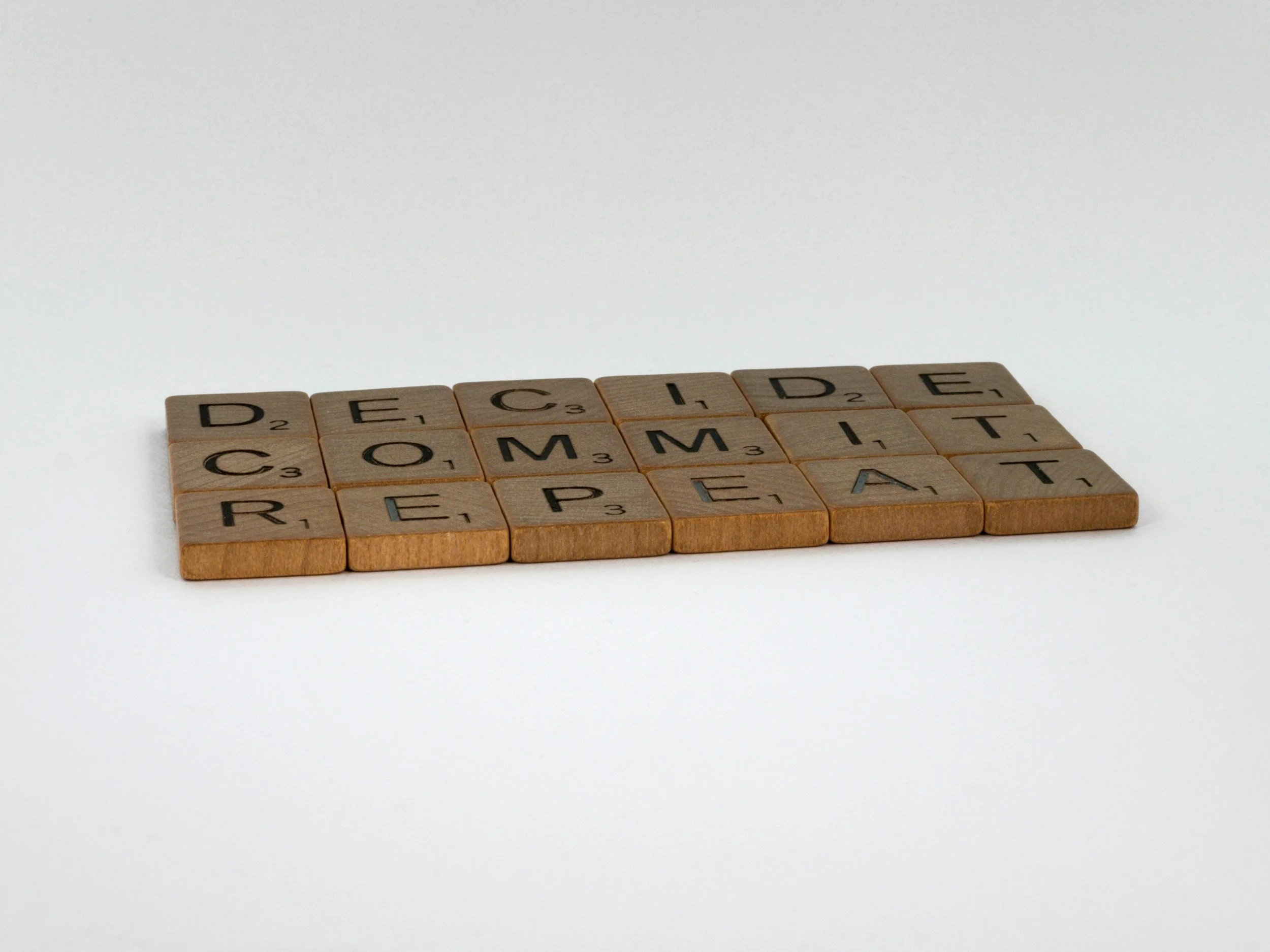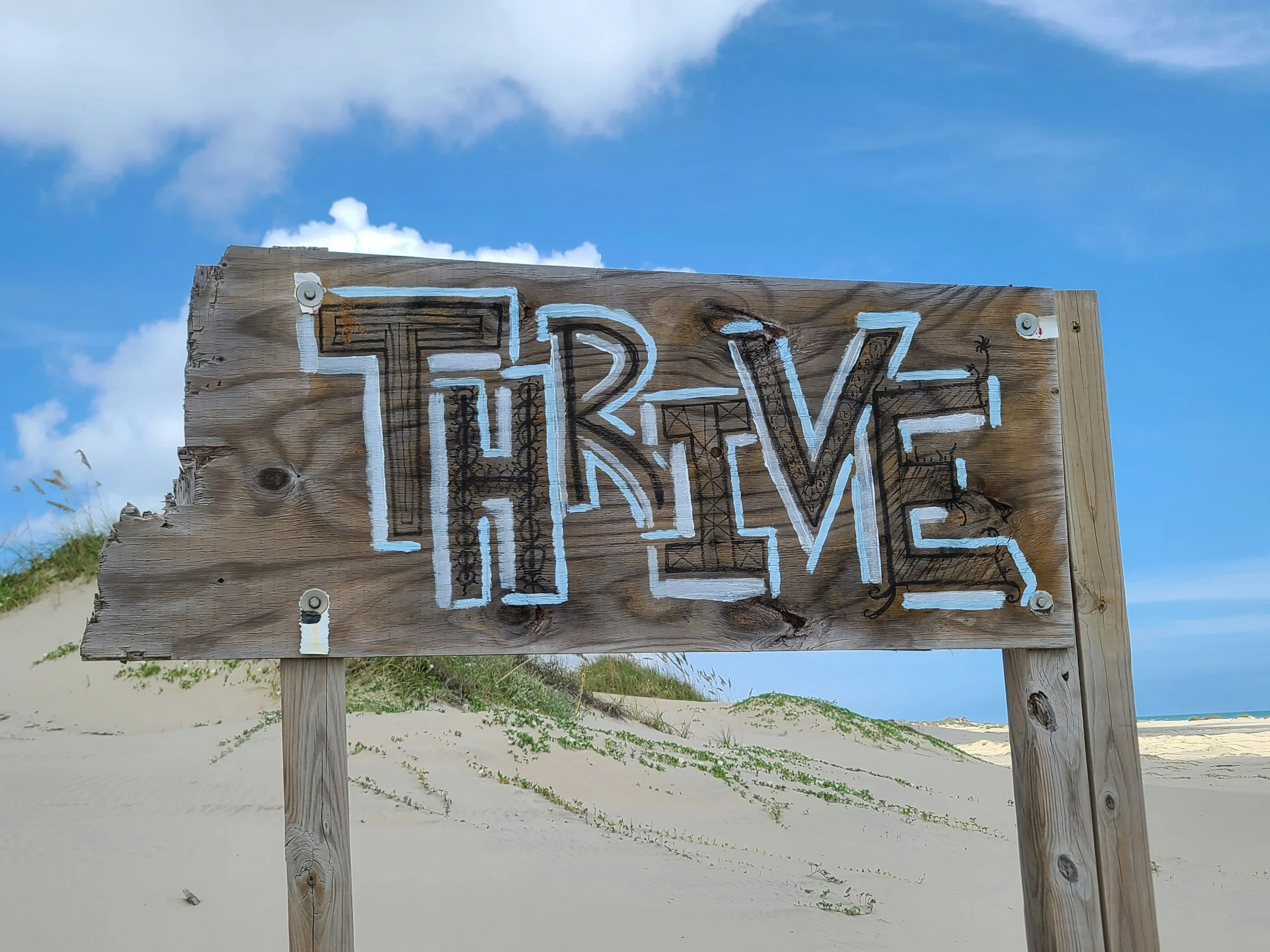The Practice of Focus: Mastering the Art of Single-Tasking
Published 19 November 2024
(In Ep #0 of the Professionall Pathways Podcast | Cal’s Journey into Teacher Education)
“A teacher practice that all educators should adopt is to only do what you’re doing! That’s not a very poetic way to say my idea, but when you are choosing to do a task, try to only stay on that task until it’s accomplished. Instead of writing a lesson plan halfway and then getting distracted by an email, say, ‘Okay, I see the email came in. I know I have it on my to-do list, but right now the task at hand is to finish this lesson plan.’ When I’m writing an email or research, when I’m trying to get an idea out of my head, I’m in ‘info dump mode,’ right? My fingers are moving; I don’t care if the spelling is right. If I can’t think of the word I’m trying to think of, I’ll just put an XX and keep typing and come back to it later. I know whenever I put on my editor hat, all of that work is better done in its own time.”
In a world of constant notifications, urgent emails, and endless to-do lists, teaching can feel like juggling a thousand tasks at once. But what if the key to being a more effective educator wasn’t doing more, but instead focusing on doing one thing at a time? The practice of single-tasking—–fully committing to one task until completion—–might just be a productivity secret we’ve underestimated.
Why Single-Tasking Matters
For teachers, multitasking often feels like second nature. Yet, research shows that the brain isn't designed to handle multiple high-focus tasks simultaneously. When we multitask, we switch rapidly between tasks, which increases cognitive load and reduces efficiency. Psychologist Gloria Mark found that after an interruption, it can take an average of 23 minutes to refocus on the original task (Mark, 2008). In the classroom or during lesson preparation, this can lead to decreased productivity and a feeling of constant overwhelm.
Single-tasking, on the other hand, allows educators to channel their full cognitive and emotional energy into one task at a time. This doesn’t just enhance productivity but also improves the quality of work, whether that’s crafting a thoughtful lesson plan, giving feedback on student assignments, or responding to parent emails.
The Neuroscience Behind Focus
The concept of single-tasking is rooted in neuroscience. Studies on attention reveal that when the brain is forced to task-switch, it depletes mental resources faster, leading to fatigue and reduced performance (Rubinstein et al., 2001). By committing to one task at a time, teachers can conserve mental energy and work more efficiently. This is particularly crucial for educators, who often need to juggle lesson planning, grading, and student interactions—–all activities that demand high cognitive engagement.
Furthermore, Carol Dweck's research on mindset offers valuable insights into the benefits of focused work. When teachers adopt a growth mindset and prioritize mastery over multitasking, they not only improve their own performance but also model perseverance and discipline for their students (Dweck, 2006).
Single-Tasking and Emotional Well-Being
Beyond productivity, single-tasking has been linked to improved emotional well-being. When educators feel scattered, it often leads to feelings of anxiety and burnout. In contrast, focusing on one task at a time creates a sense of accomplishment and reduces stress. Research by Kabat-Zinn (1990) on mindfulness supports this, showing that being present in the moment can improve emotional resilience and reduce job-related stress. Applying these principles to teaching can help educators manage their workload while maintaining mental health.
Strategies for Single-Tasking
Set Clear Priorities: Start each day with a clear list of tasks ranked by importance. Tools like Eisenhower’s Matrix can help you differentiate between urgent and important tasks versus those that can wait.
Create Dedicated Time Blocks: Schedule specific blocks of uninterrupted time for high-focus tasks. For instance, block off 30 minutes for lesson planning and silence notifications during that time.
Practice “Info Dumping”: When starting a task like writing a lesson or brainstorming ideas for a project, focus on getting your thoughts out quickly without worrying about perfection. This approach can free up mental space and keep you in flow. Revisit and edit later with a fresh perspective.
Minimize Distractions: Use strategies like “batch checking” emails or turning off your phone while focusing on a task. Setting boundaries with colleagues and students about your focused time can also help.
Reflect on Progress: At the end of the day, review what you’ve accomplished. Celebrate tasks you fully completed instead of focusing on what’s left undone.
The Benefits Beyond Productivity
Single-tasking isn’t just about checking off tasks—–it can also reduce stress and increase job satisfaction. Teachers often feel pulled in multiple directions, leading to burnout. Adopting a focused mindset can bring a sense of control and calm to your day.
Moreover, modeling this behavior in the classroom can have a powerful impact on students. When students see their teacher practicing mindfulness and focus, they’re more likely to adopt similar habits. Teaching students to focus on one task at a time can also help them build critical executive functioning skills they’ll use for life.
A Shift in Perspective
As teachers, we often put enormous pressure on ourselves to do it all. But the reality is that doing less, with intention and focus, can lead to better outcomes for our students, our classrooms, and our own well-being. The next time you’re tempted to switch gears mid-task, take a breath, refocus, and remind yourself: “Right now, this is my priority.”
By mastering the art of single-tasking, you’re not just crossing items off your to-do list—–you’re building a sustainable teaching practice that benefits everyone around you.
Discussion Question
How do you stay focused on a single task in the midst of a busy teaching day? What strategies have worked for you to minimize distractions and maximize productivity? Share your tips below!
Related Posts
-
Dweck, C. S. (2006). Mindset: The new psychology of success. Random House.
Kabat-Zinn, J. (1990). Full catastrophe living: Using the wisdom of your body and mind to face stress, pain, and illness. Delacorte Press.
Mark, G. (2008). The cost of interrupted work: More speed and stress. Journal of Computing. Retrieved from https://ics.uci.edu/~gmark/chi08-mark.pdf
Rubinstein, J. S., Meyer, D. E., & Evans, J. E. (2001). Executive control of cognitive processes in task switching. Journal of Experimental Psychology: Human Perception and Performance, 27(4), 763–797. https://doi.org/10.1037/0096-1523.27.4.763




